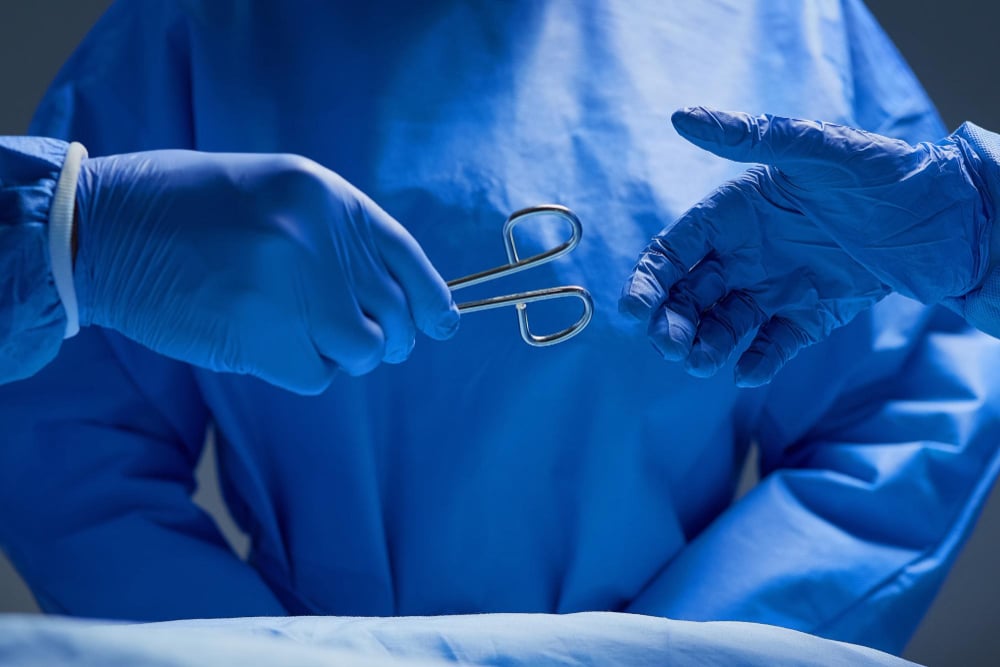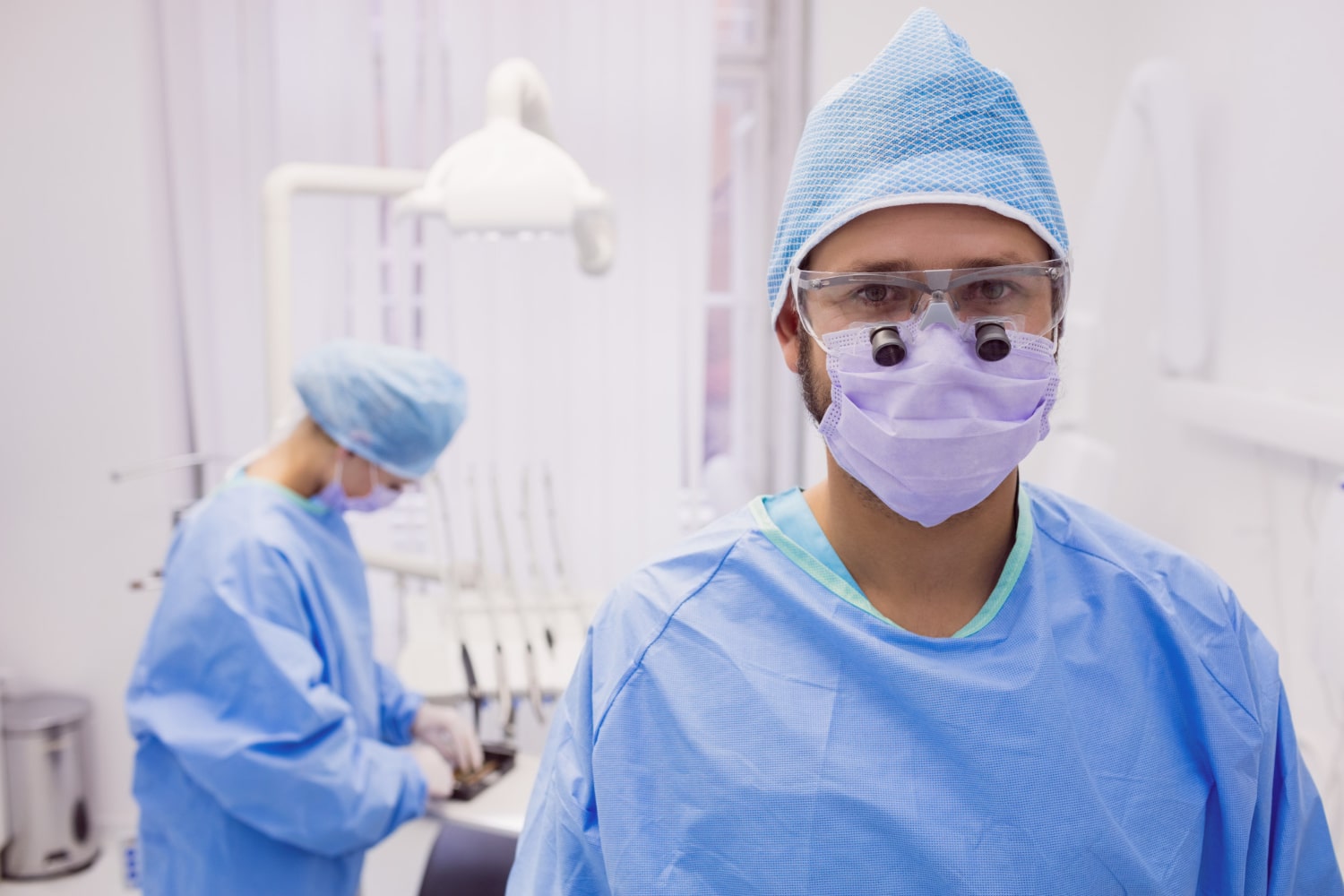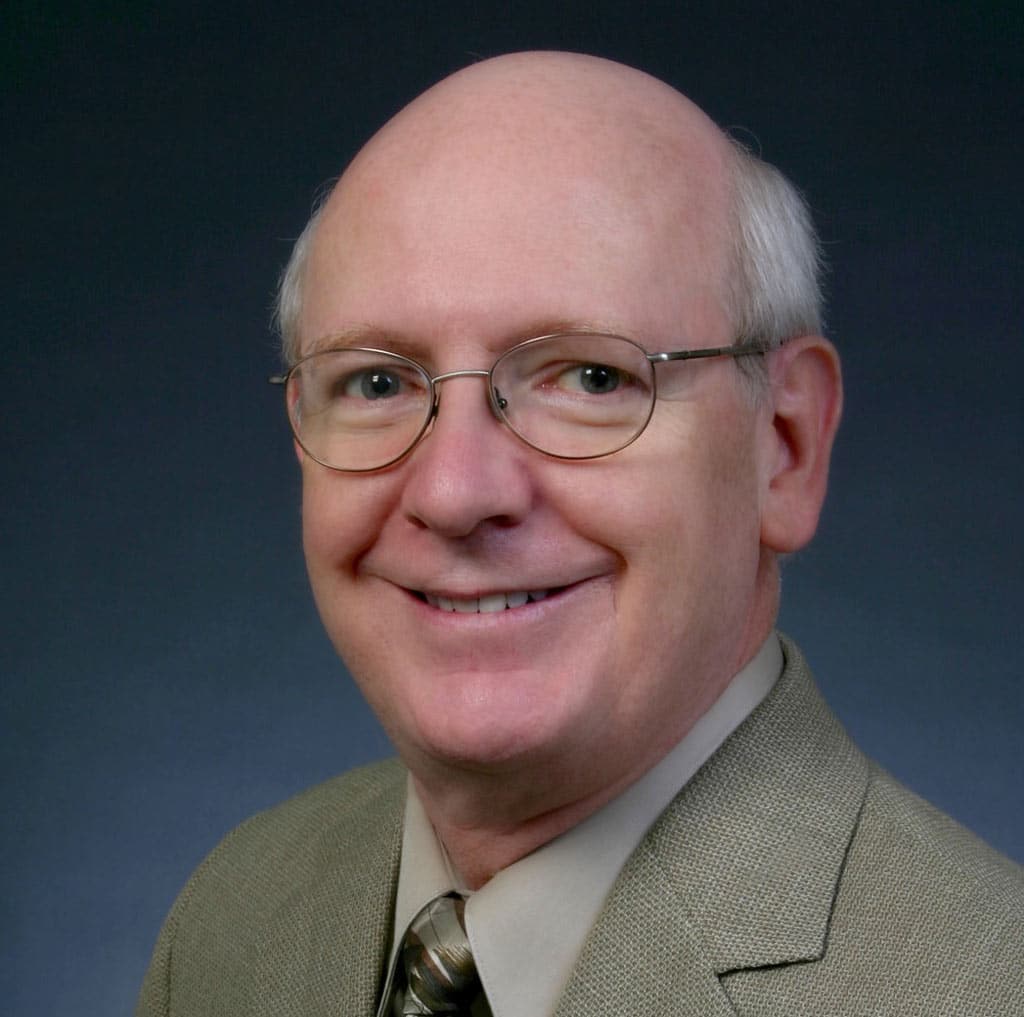Are you still living with the consequences of a failed orthognathic surgery? Are you feeling frustrated, disappointed, and desperate for a second chance? Look no further – orthognathic re-surgery might be the solution you’ve been searching for.
In the world of oral and maxillofacial surgery, orthognathic re-surgery has emerged as a viable option for patients who have experienced less-than-desirable results from their initial procedures. This groundbreaking technique involves revisiting and correcting past unsuccessful attempts, providing patients with the opportunity to achieve the results they initially desired.
In this article, we will delve into the world of orthognathic re-surgery, exploring its benefits, risks, and success rates. We will also take an in-depth look at the different factors that can lead to the need for re-surgery, such as relapse, asymmetry, or the failure to achieve the desired aesthetic result.
If you are contemplating orthognathic re-surgery or simply curious about this innovative procedure, join us as we unveil the second chance that can help you regain your confidence and transform your life.
Understanding Orthognathic Surgery
Orthognathic surgery, also known as corrective jaw surgery, is a specialized field of oral and maxillofacial surgery that focuses on correcting abnormalities of the jaw and facial structure. This procedure involves repositioning the jaws to improve their functionality, aesthetics, and overall harmony with the rest of the face.
During the initial orthognathic surgery, the surgeon carefully plans and executes the procedure to achieve the desired results. However, despite the best efforts of both the patient and the surgical team, there are instances where the outcome falls short of expectations. This is where orthognathic re-surgery comes into play.
Common Reasons for Unsuccessful Orthognathic Surgery
There are several factors that can contribute to an unsuccessful outcome following the initial orthognathic surgery. One of the most common reasons is relapse, where the corrected jaw gradually returns to its original position over time. This can occur due to inadequate stabilization or insufficient bone healing.
Another common issue is asymmetry, wherein the jaws are not aligned properly, resulting in an imbalanced facial appearance. This can be caused by a variety of factors, including surgical errors, uneven bone healing, or natural facial growth patterns.
Additionally, some patients may be dissatisfied with the aesthetic result of their initial surgery. They may feel that their facial proportions are not in harmony or that their facial features do not align with their desired appearance. In such cases, orthognathic re-surgery can offer a second chance to achieve the desired aesthetic goals.

The Concept of Re-Surgery in Orthognathic Procedures
Orthognathic re-surgery entails revisiting and correcting the issues that were not adequately addressed during the initial procedure. It involves careful planning, assessment, and execution to ensure a successful outcome. The surgeon will evaluate the patient’s specific needs and develop a customized surgical plan to address the underlying concerns.
Re-surgery can involve various techniques, such as bone grafting, plate and screw fixation, or additional jaw repositioning. The goal is to correct the previous surgical issues, improve functionality, and achieve the desired aesthetic result. The surgeon will take into account the patient’s facial proportions, dental occlusion, and overall facial harmony to guide the re-surgery process.
Evaluating the Need for Re-Surgery
Determining the need for orthognathic re-surgery requires a thorough evaluation by an experienced oral and maxillofacial surgeon. The surgeon will assess the patient’s current jaw alignment, facial symmetry, and overall satisfaction with the previous surgery. They will also consider the patient’s functional concerns, such as difficulty chewing, speaking, or breathing.
A comprehensive examination, which may include imaging tests such as X-rays or CT scans, will be conducted to evaluate the underlying bone structure and identify any potential issues that need to be addressed. The surgeon will also consider the patient’s medical history, overall health, and any previous complications from the initial surgery.
It is important for patients to have realistic expectations and open communication with their surgeon during the evaluation process. The surgeon will explain the potential benefits, risks, and limitations of orthognathic re-surgery, allowing the patient to make an informed decision.
Finding the Right Surgeon for Orthognathic Re-Surgery
Choosing the right surgeon for orthognathic re-surgery is crucial to ensure a successful outcome. It is essential to seek out a highly skilled and experienced oral and maxillofacial surgeon who specializes in orthognathic procedures.
When searching for a surgeon, consider their qualifications, training, and years of experience in performing orthognathic re-surgery. Look for testimonials or reviews from previous patients to gauge their satisfaction and results. Consultation appointments with potential surgeons can provide an opportunity to ask questions, discuss concerns, and assess their expertise and communication style.
Additionally, it is important to choose a surgeon who creates a comfortable and supportive environment. Building a strong patient-surgeon relationship based on trust and open communication can greatly contribute to the success of the re-surgery process.

Preparing for Orthognathic Re-Surgery
Preparing for orthognathic re-surgery involves several steps to ensure a smooth and successful procedure. The surgeon will provide specific instructions tailored to the patient’s individual needs, but there are general guidelines that can be followed.
First and foremost, it is important to maintain a healthy lifestyle leading up to the surgery. This includes eating a balanced diet, exercising regularly, and avoiding habits such as smoking or excessive alcohol consumption, which can hinder the healing process.
The surgeon may also recommend certain pre-operative tests, such as blood work or dental evaluations, to ensure the patient is in optimal health for the procedure. Medication adjustments may be necessary, so it is important to inform the surgeon about any current medications or medical conditions.
Emotionally preparing for orthognathic re-surgery is equally important. It is normal to experience anxiety or apprehension before undergoing a surgical procedure, especially if the previous surgery did not yield the desired results. Seeking support from friends, family, or support groups can help alleviate any concerns and provide emotional strength during the preparation phase.
The Process of Orthognathic Re-Surgery
The process of orthognathic re-surgery is similar to that of the initial surgery, with a few key differences. The surgeon will perform a comprehensive assessment prior to the procedure to confirm the surgical plan and address any changes or modifications necessary for the re-surgery.
On the day of the surgery, the patient will be placed under general anesthesia to ensure comfort and safety throughout the procedure. The surgeon will make incisions in the mouth, allowing access to the jawbones for repositioning or correction. Additional bone grafts or fixation devices may be utilized to achieve the desired outcome.
The surgeon will carefully reposition the jaws, taking into account the patient’s facial proportions, dental occlusion, and aesthetic goals. Once the desired alignment is achieved, the incisions will be closed using dissolvable sutures, and the patient will be closely monitored during the initial recovery phase.
Recovery and Post-Operative Care after Orthognathic Re-Surgery
The recovery process following orthognathic re-surgery is similar to that of the initial surgery, although the duration may vary depending on the complexity of the re-surgery and individual healing capabilities. The surgeon will provide detailed post-operative instructions to ensure a smooth recovery.
During the initial days after the surgery, the patient will experience swelling, bruising, and discomfort. Pain medication and ice packs can help manage these symptoms. It is important to follow a soft or liquid diet during the initial weeks, gradually transitioning to a regular diet as advised by the surgeon.
Good oral hygiene is crucial during the recovery phase to prevent infection and promote healing. The surgeon will provide specific instructions on how to care for the surgical site, including proper brushing techniques and the use of prescribed mouth rinses.
Follow-up appointments will be scheduled to monitor the healing progress and address any concerns or complications that may arise. It is essential to attend these appointments and communicate any changes or issues experienced during the recovery period.
Success Rates and Patient Testimonials
Orthognathic re-surgery has shown promising success rates in correcting the deficiencies of the initial surgery and providing patients with the desired outcome. However, it is important to note that individual results may vary depending on several factors, including the complexity of the case, the surgeon’s expertise, and the patient’s commitment to post-operative care.
Patient testimonials can provide valuable insights into the effectiveness of orthognathic re-surgery. They offer real-life experiences and perspectives from individuals who have undergone the procedure. Reading or listening to these testimonials can help prospective patients gain a better understanding of the potential benefits and outcomes of orthognathic re-surgery.

Conclusion: Considering Orthognathic Re-Surgery as a Viable Option
Orthognathic re-surgery offers a second chance for individuals who have experienced less-than-desirable results from their initial orthognathic surgery. It provides hope and the opportunity to correct functional and aesthetic concerns, ultimately improving quality of life and self-confidence.
If you are considering orthognathic re-surgery, it is crucial to consult with an experienced oral and maxillofacial surgeon who specializes in corrective jaw procedures. Together, you can evaluate the need for re-surgery, develop a customized surgical plan, and embark on a journey towards a successful outcome.
Remember, orthognathic re-surgery is not just about correcting past mistakes; it is about unveiling the second chance that can transform your life and help you regain the confidence you deserve.






